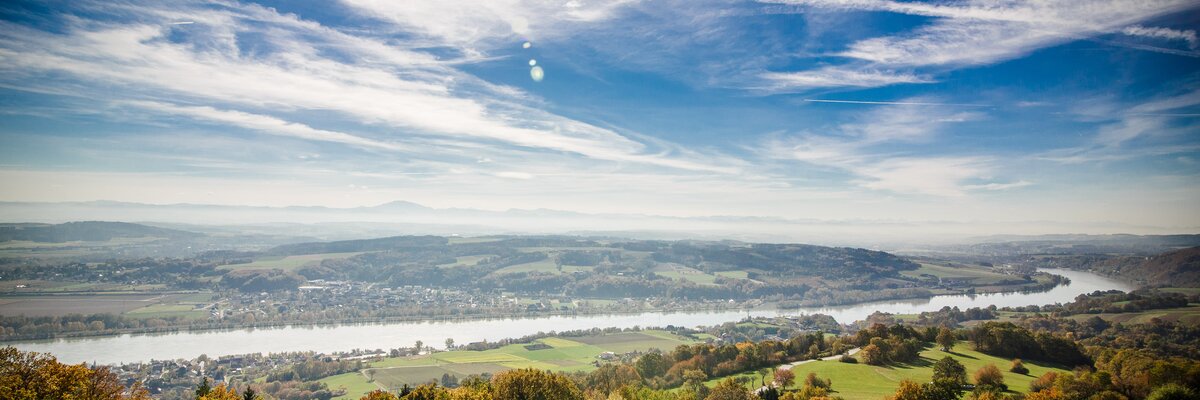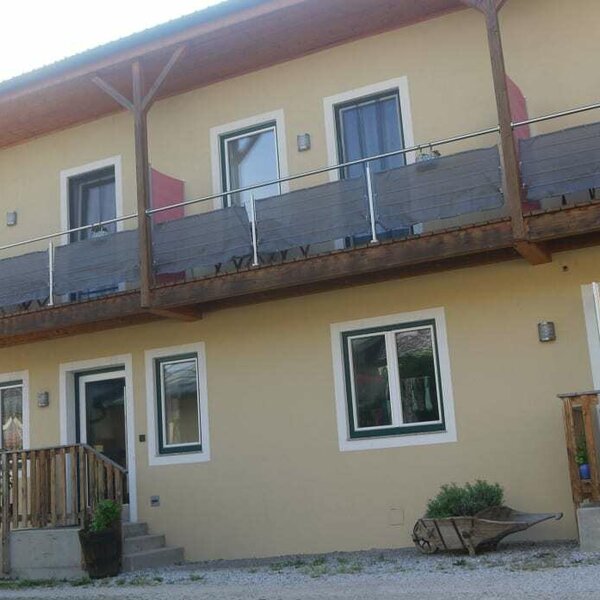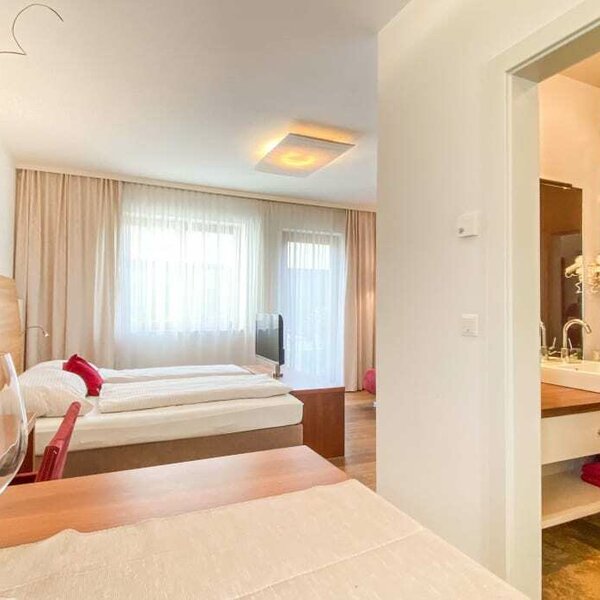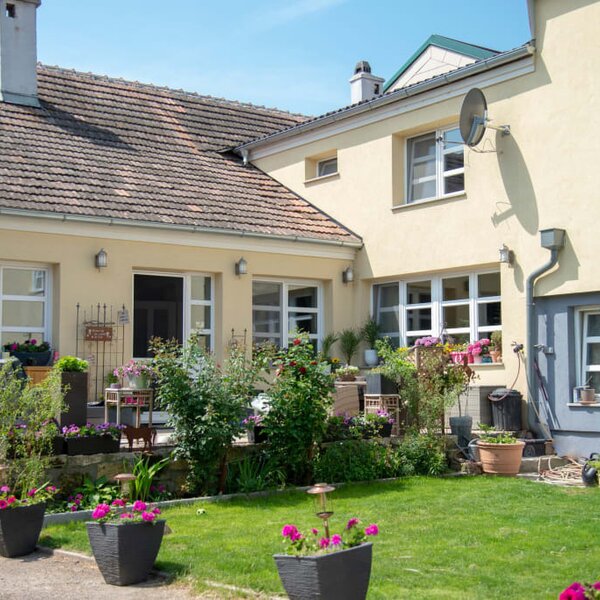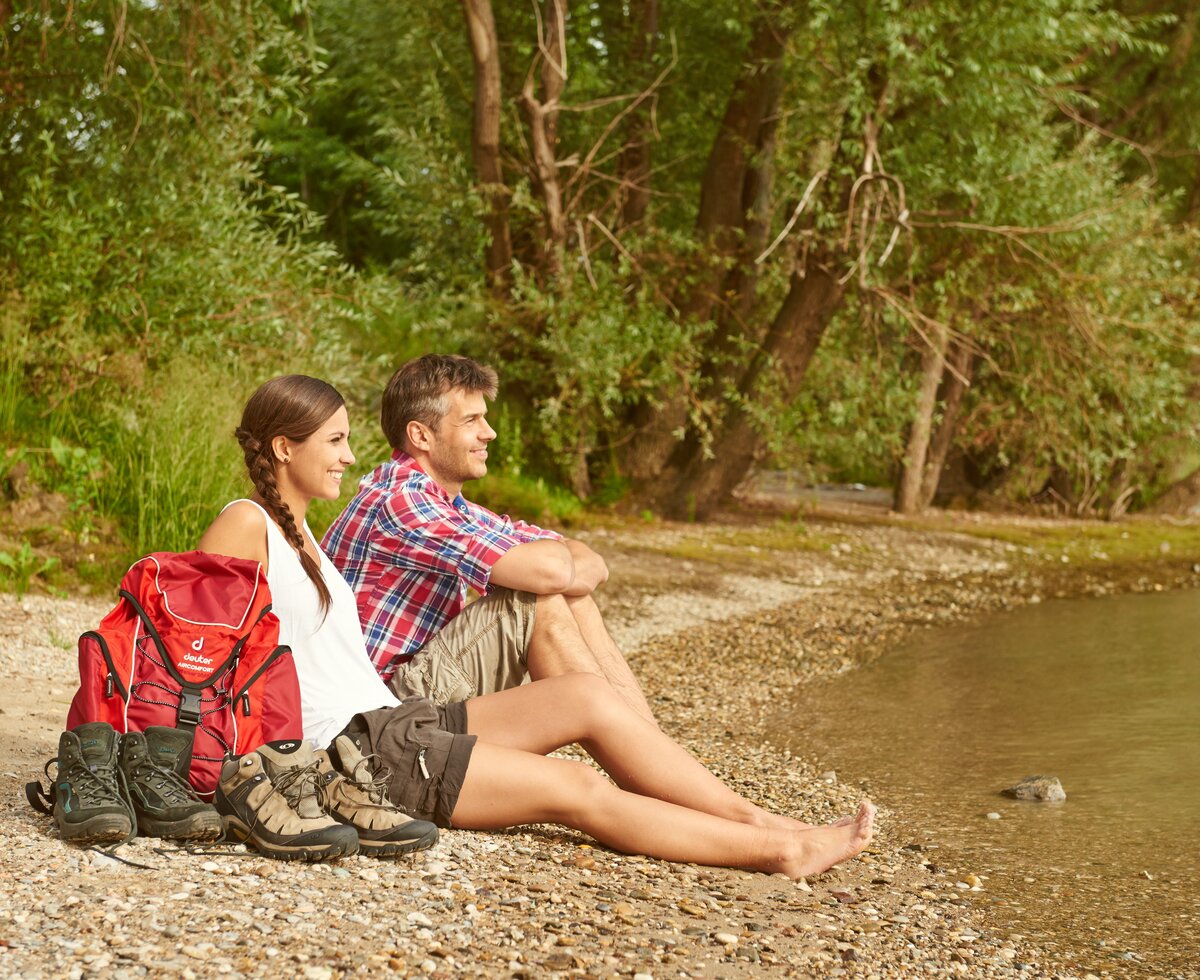Danube Region in Lower Austria Majestic River Meets a Picturesque Cultural Landscape
Cycle along the blue Danube and see who’s faster, the boats on the river or you, on your bicycle. Explore the Nibelungengau, a region steeped in legend, marvel at the famous terraced vineyards of the Wachau region and walk the winding alleys of charming villages. Top vineyard stays and wineries in the wine regions Kremstal, Kamptal, Traisental and Wagram are waiting for you. Beautiful abbeys, monasteries, fortresses, castles and buildings dating back to the Roman Empire are testimonies of the Danube region’s eventful history. At the end of the day, it’s time to enjoy a glass of wine with the hearty snack platter served in one of the traditional wine taverns (known as “Heuriger”) and share your best memories.
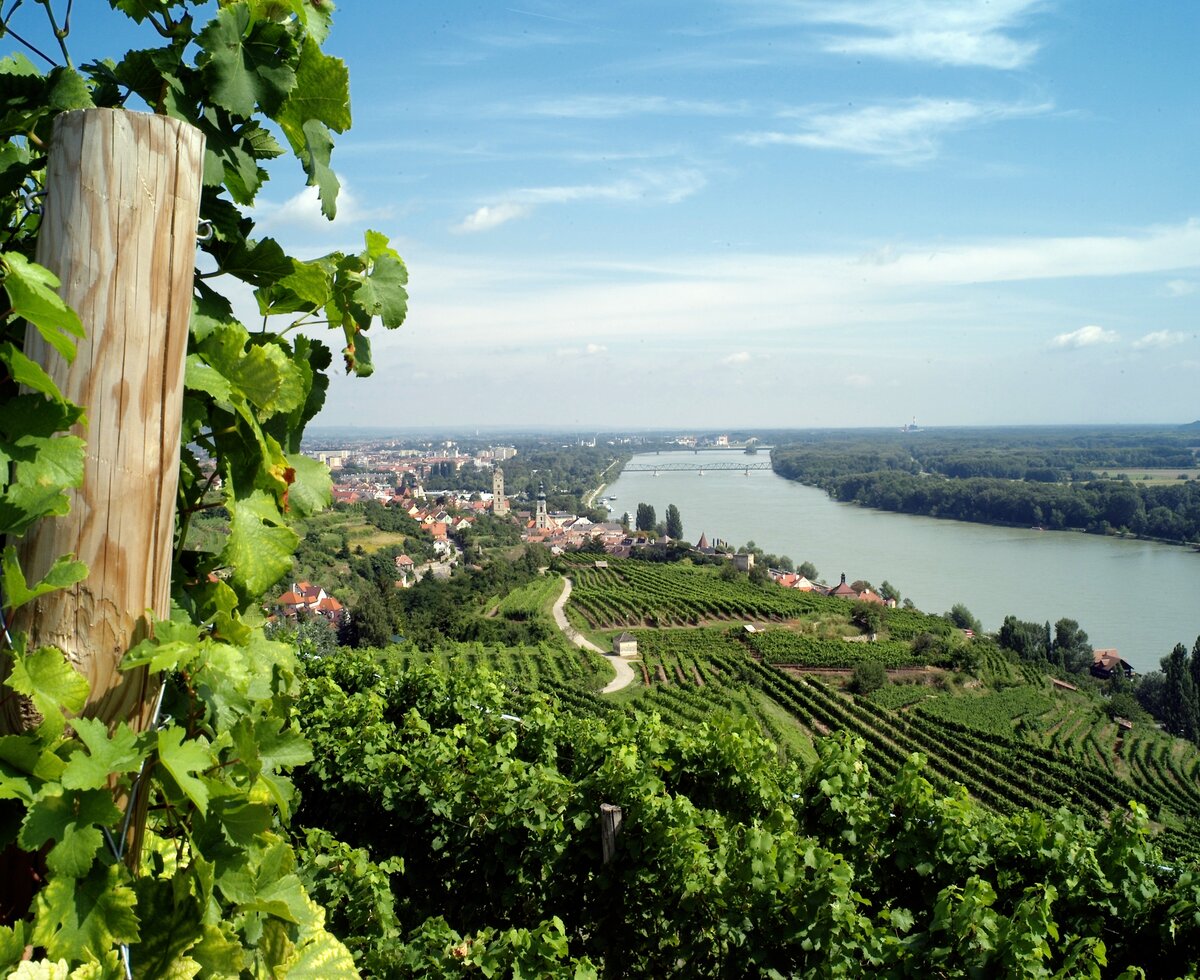
Precious Moments
The Danube is Europe’s second-largest river. Since the beginning of time, it has played a vital role in the development of landscape and culture. On its way through Lower Austria, the river flows from Upper Austria to the Slovakian border, traversing 286km of historic cultural landscapes. It passes the Strudengau and Nibelungengau regions in the west, famous for its castles, Maria Taferl, a place of pilgrimage, and Austria’s oldest hydroelectric power plant on the Danube in Ybbs-Persenbeug. The Wachau region between Melk and Krems (35km) is probably the most famous stretch of the Danube river. The picture-perfect scenery is dotted with historic villages that are also famous for excellent wines: Spitz, Weißenkirchen or Dürnstein. The side valleys Kremstal and Kamptal as well as the hills of the Wagram are also worth a visit. Further east, the land is flatter. The surroundings of Tulln are a paradise for garden lovers
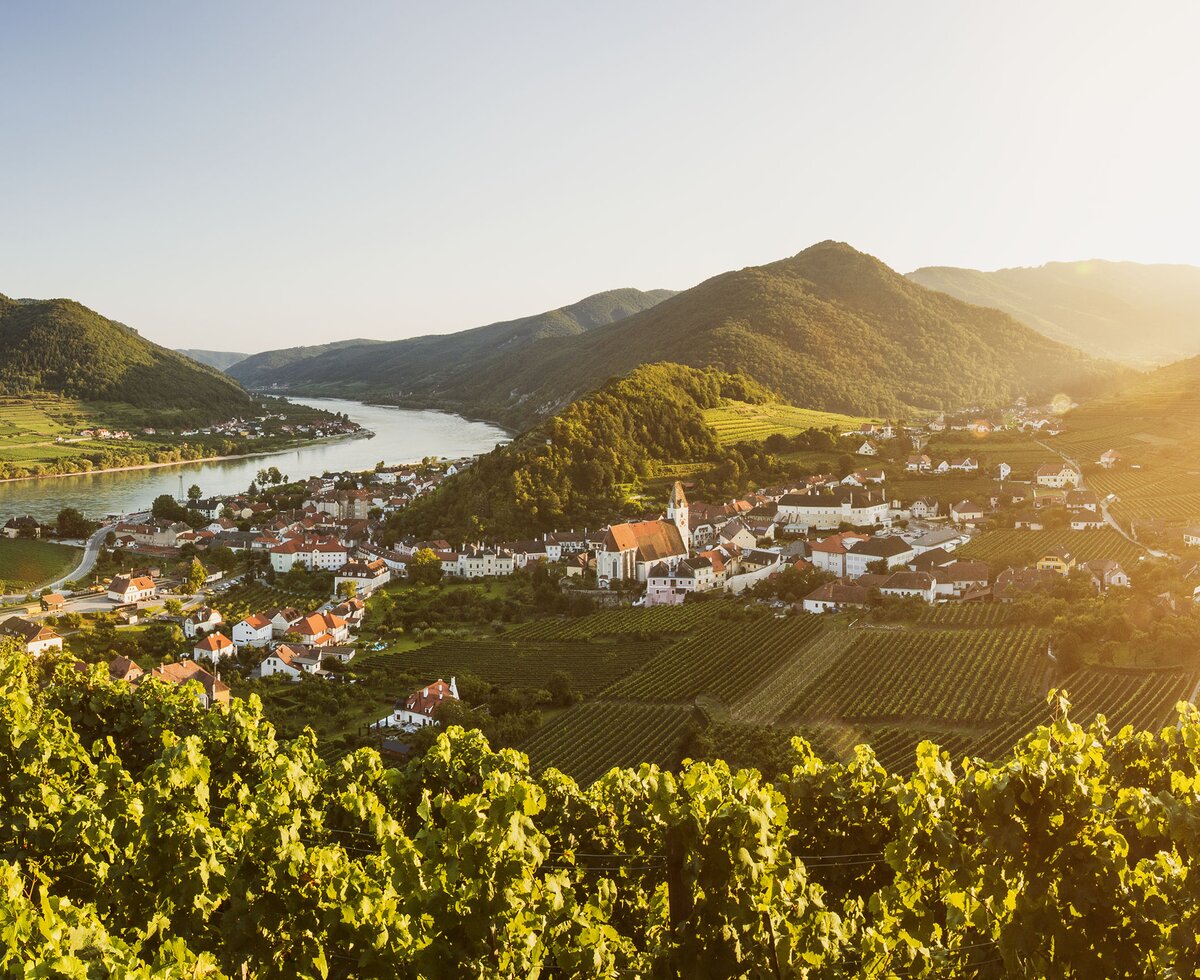
. After passing through Vienna, Austria’s capital city, the Danube runs through the fertile lands of the Marchfeld region and Carnuntum, an area steeped in Roman history.
Grapevines that flourish on the precious soils, excellent wine that is produced here, vineyards that are bathed in the morning sun, mysterious riparian forests, beautiful abbeys, castles and fortresses that are steeped in history - the Danube region in Lower Austria is inviting you to spend precious moments, enchanted by the locals’ hospitality and kindness.

Summer
The best time to visit the Danube region in Lower Austria is from spring to autumn with ideal weather for hiking, cycling or a river cruise. The Danube Cycle Path and the Wachau World Heritage Trail are popular attractions. Soak up the beauty of apricot trees in full bloom in the Wachau region and have a drink at the wine festivals in spring. Celebrating summer solstice in June is another highlight in the region. Starting from mid-July, the apricot harvest and the annual apricot festival attracts visitors from afar. A great number of cultural events such as concerts, theatre plays and music festivals take place in summer.
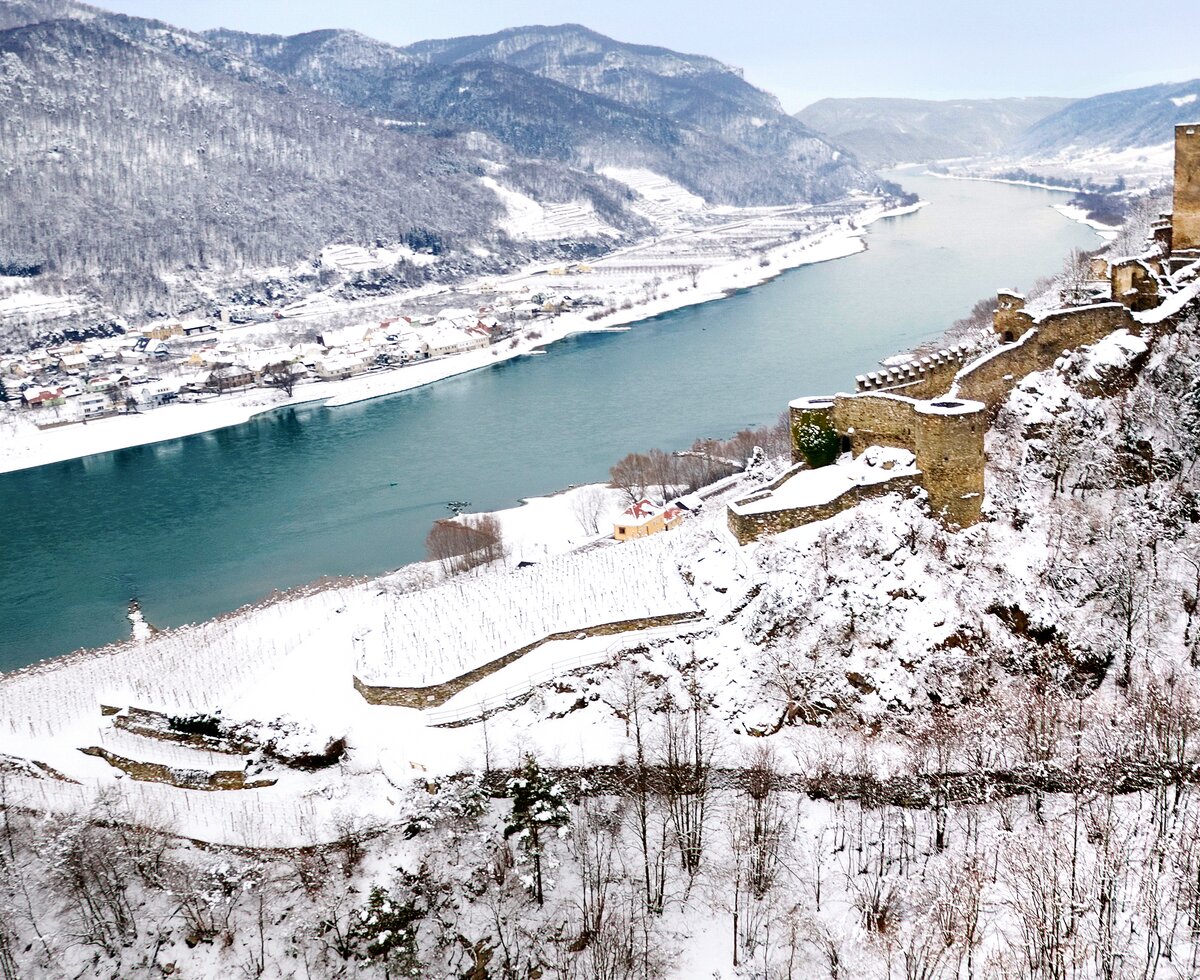
Winter
In winter, it’s quiet and peaceful in the Danube region in Lower Austria. Traditionally, almost every restaurant serves roast goose on St Martin’s Day, the “Martinigans”. The small but lovely Christmas markets on the banks of the Danube river are popular and festive places where the locals get together. Some of them are set in the most stunning locations such as Schallaburg Castle, Grafenegg Castle or the ruins of Aggstein Castle where a medieval Christmas market is held.
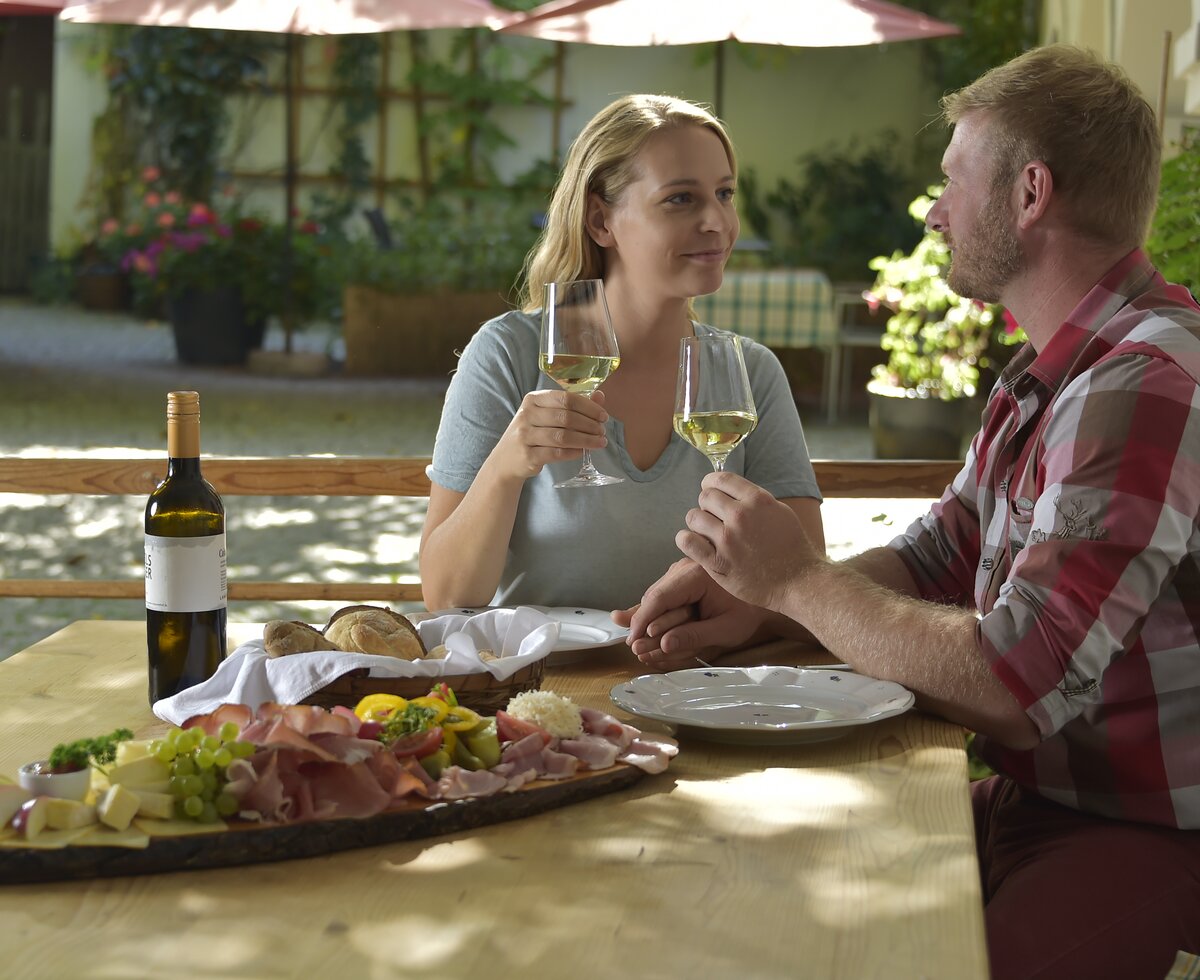
Food & Drinks
The most famous culinary ambassadors of the Danube region are most probably wine, apricots from the Wachau region and asparagus from the Marchfeld region. But there are plenty of other rare and unique specialities to discover such as saffron, premium oils and fruit spirits, to name but a few. The Danube region is home to countless fine dining restaurants, traditional restaurants and, of course, “Heurige” - rustic wine taverns that serve home-made food and drinks. Although each of them is only open briefly, you can always be sure to find a winegrower who announces “ausg’steckt is”. That means: “Come in, we’re open!” Here, locals and guests can enjoy (typically cold) snacks.
Sightseeing & Excursions
- Join a boat cruise on the Danube river
- Hike or cycle through the characteristic terraced vineyards
- Visit a museum in the historic centre of Krems (“Kunstmeile Krems”)
- Travel back in time in the Roman city of Carnuntum
- Marvel at the gardens of “DIE GARTEN TULLN”
Language Guide
You won’t believe it but the valley next to the village of Spitz divides Lower Austria into two time zones. Well, kind of. It’s one of the peculiarities of German language: While people living in the western part tend to say “Es ist Viertel über acht.” (“It’s a quarter past eight.”), people in the east refer to 8:15 as “viertel neun” (“quarter nine”, literally), meaning that a quarter of the ninth hour has already passed. Sounds complicated? It is. You better ask again if you’re not sure at what time to meet!
Any Questions? Contact Us! FARM HOLIDAYS IN LOWER AUSTRIA
Wishes? Ask? Notes? For all your concerns, you can contact us during our office hours by phone or at any time by e-mail. We are happy to help you!
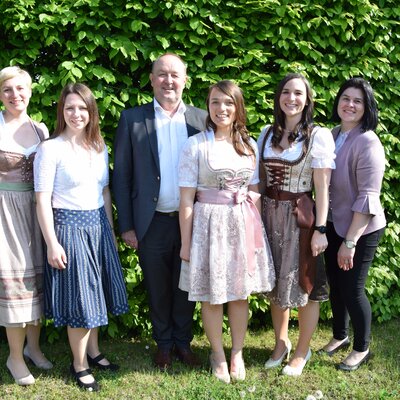
Urlaub am Bauernhof Niederösterreich
